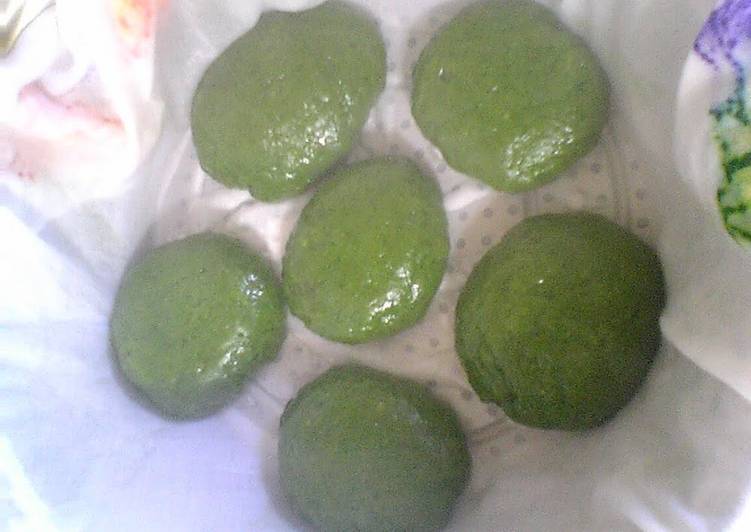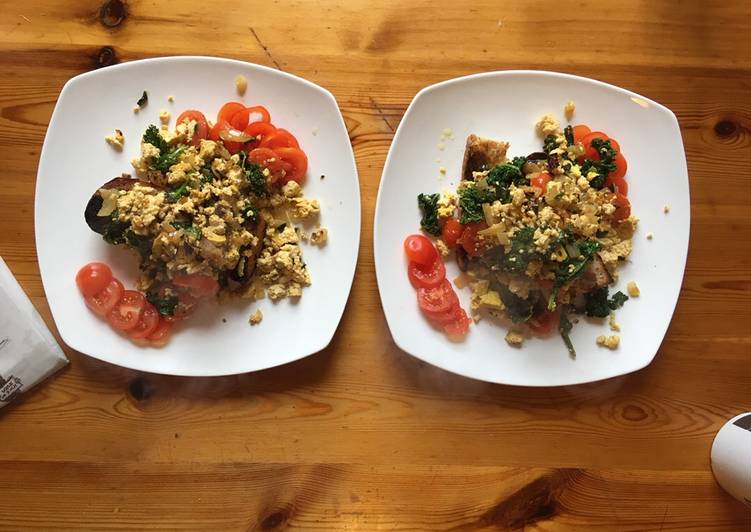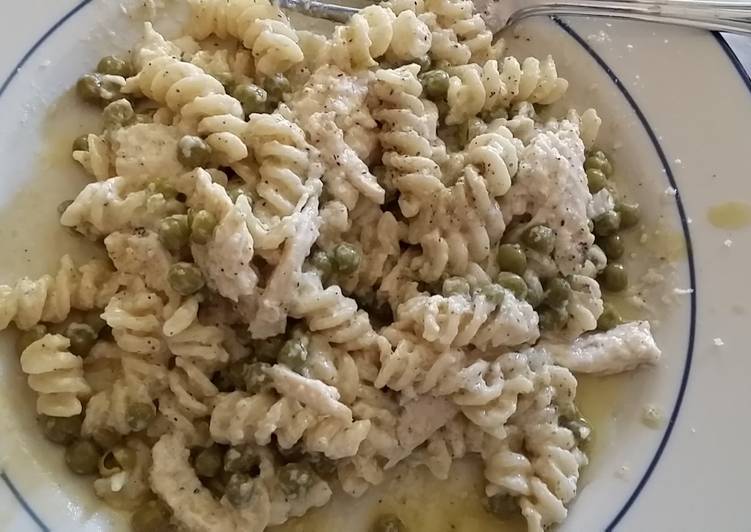
Hey everyone, it’s John, welcome to our recipe page. Today, I will show you a way to prepare a distinctive dish, namafu manju (wheat gluten and mochi cakes). One of my favorites. For mine, I’m gonna make it a little bit unique. This is gonna smell and look delicious.
Here is how you cook it. Put the bread flour and salt in a bowl. Fu-Manju is made of Nama-Fu, but as with typical Manju buns, the wheat gluten cake is stuffed with Anko sweet red bean paste.
Namafu Manju (Wheat Gluten and Mochi Cakes) is one of the most well liked of recent trending meals on earth. It is easy, it is fast, it tastes delicious. It is enjoyed by millions every day. They are fine and they look wonderful. Namafu Manju (Wheat Gluten and Mochi Cakes) is something which I’ve loved my entire life.
To begin with this recipe, we must first prepare a few components. You can cook namafu manju (wheat gluten and mochi cakes) using 8 ingredients and 19 steps. Here is how you cook it.
The ingredients needed to make Namafu Manju (Wheat Gluten and Mochi Cakes):
- Take 300 grams Bread (strong) flour
- Make ready 2 pinch Salt
- Get 200 grams Water
- Take 80 grams Shiratamako
- Make ready 50 grams Boiled yomogi (tightly squeezed to drain)
- Make ready 2 tbsp Mizuame
- Take 50 grams Water (to adjust the consistency of the dough)
- Get 1 Koshi-an
It looks like a small piece of bread, but it's not. It is made by extracting gluten from wheat first and mixing the. This post may contain affiliate links. Please read my disclosure policy for details.
Steps to make Namafu Manju (Wheat Gluten and Mochi Cakes):
- Put the bread flour and salt in a bowl. Add the water little by little while mixing well.
- Knead the dough very well, using the base of your palms and smearing the dough onto your work surface (about 20 minutes).
- Here's how the rounded, kneaded dough looks.
- This is a bit of the dough cut off with a pastry cutter and stretched out thinly. This thin film is the gluten.
- Moisten an unbleached and undyed piece of loosely woven cotton cloth or cheesecloth and wrap the dough in it. Rest the dough in the refrigerator for 1-2 hours.
- Fill a bowl with water, and wash out the dough while squeezing and rubbing it inside the cloth. Change the water several times - it will be white and cloudy to start, but will become almost clear (about 30 minutes). If you press on the cloth and more white cloudy water comes out, you need to keep rinsing and squeezing the dough.
- Here's how the dough looks midway through. You can still see the white starch. The slightly yellow part is the gluten.
- Keep squeezing and rinsing the dough very well. After 6-7 changes of water while doing this, the dough will look like the photo. Re-wrap in the moist cloth, and rest at room temperature for 60 minutes. (But it may be better to refrigerate it in the summer).
- I tried stretching the dough a bit before resting it. It feels like soft rubber. This is the "gluten" that's needed for bread, extracted from the starch.
- Take out the well rested dough on a work surface, add the mizuame, shiratama-ko and yomogi, and knead them in until they are well blended. Add water until the dough is a bit softer than your earlobe, and rather moist. If the dough is too stiff it won't taste the way it's supposed to be. It's hard to knead these ingredients in at first, but keep persevering!
- The dough is soft, so sandwich it between 2 sheets of plastic wrap, and roll it out using your hands and a rolling pin. Top with the koshi-an and wrap the dough around it like a parcel. If you're not filling the dough with an, you can just form it into little dumplings If the dough is too easy to handle at this point, the finished cakes may be too stiff and chewy. Add water to make the consistency of the dough softer.
- Lay down a moistened piece of unbleached and undyed cloth or cheesecloth, line up the formed dough or cakes on it and wrap them up loosely. Steam for 10 to 15 minutes. If the dough comes into direct contact with the steaming water it will become rough in texture and not very pretty, so make sure the steaming water does not touch the dough.
- Here's how they look before steaming.
- And here are the finished manju Namafu does not keep well, so finish within 1-2 days.
- I think you can also enjoy this dough without any an filling I used mizuame in the dough this time, but you can use white castor sugar too. Adjust the sweetness to taste They aren't as slippery-smooth as I'd like them to be so I need to try making them again, but I'm happy I was able to make them myself.
- In Step 8, make sure the dough is soft enough. If it's still elastic, let it rest for a while longer. If the dough is still stiff at this stage, it won't become smooth enough no matter how long you knead it, and the dough will not work out. The photos accompanying Steps 16, 17 and 18 show dough that has been rested at room temperature for 90 minutes.
- Step 16 shows the extracted gluten. Step 17 shows the dough after it's been rested for 60 minutes. Step 18 shows the dough after it's been rested for another 30 minutes.
- The dough turned beautifully smooth and shiny after resting for 90 minutes. It should still be fine if you don't rest it this long, but I tried it as an experiment. You can proceed with the subsequent steps after the dough reaches the Step 17 stage.
- The key to the success or failure of this recipe is the amount of water in the dough! In Step 10, I use moist boiled yomogi and mizuame (which is a syrup so is also liquid). If you are using castor sugar and dried yomogi powder, adjust the amount of water added so that the dough is a bit softer than your earlobe. It should be a bit on the sticky, loose side.
Encased in a soft wheat dough, filled with sweet red bean paste, and steamed to perfection, Manju is a classic Japanese confectionery. Fu is solidified wheat gluten (protein). To begin with, wheat flour is divided into hard flour and soft flour. Add glutinous rice to this and steam or boil it, and you will have nama-fu (raw-fu). Some of the types of nama-fu are yomogi-fu, awa-fu, goma-fu and saikuju.
So that is going to wrap it up for this special food namafu manju (wheat gluten and mochi cakes) recipe. Thanks so much for your time. I am confident you can make this at home. There’s gonna be more interesting food at home recipes coming up. Don’t forget to bookmark this page on your browser, and share it to your loved ones, colleague and friends. Thanks again for reading. Go on get cooking!


